
Understand This Before you Train
Posted by Charlie JurneyEvery animal on the planet has an alpha or beta relationship with every other animal. We usually think of “beta” as submissive and beaten down, but in wild packs or herds, that is not the case. The beta dog in a pack of wild dogs is still quite happy and lives a good life. So should your dog live the comfortable life -- while remaining in the beta position.
Your dog will be quite happy being beta as long as you show the dog that beta is a good way to live. In dog terms, you are the “alpha,” giving your dog everything it needs to survive. The essentials of food, shelter and, most importantly, companionship (the pack) are provided by you. For those things, your dog will work and be happy as long as you demonstrate that you will not submit to challenges.
To be sure, the beta dog will present regular challenges in hopes of gaining the alpha position. If the beta dog wins the challenge, there is a new leader of the pack, so do not give in. Some of the challenges are subtle. Those are the ones you must pay close attention to while training. If you win the small battles, the big fights will be much easier to handle. Dogs see the world in black and white. To your dog, either you are in control or it is. There is no middle ground.
Dr. Ivan Petrovic Pavlov taught us a lot about canine behavior. Two of his most important points, “conditioned responses” and “substitution,” will be the cornerstones of your training program.
Conditioned responses to commands are mandatory for a properly trained dog. When you explain something one time to a person, he or she will understand it and quite often give a positive response when questioned on that topic. Canines are different in that they trust their instincts implicitly. Instincts have protected canines for thousands of years from wild animals and other threats, and those threats still live in their minds today. In your training program, you must totally condition the responses to the obedience commands to such a degree that your dog trusts you more than its own instincts. That is a tall order, and you must take it seriously or you will not have success.
Simple repetition is the only way to properly condition a dog. Simple repetition to the tune of around 1,000 repetitions per command will do this nicely. That might seem like an undoable task but if you will train consistently, it will take only a short time.
Dr. Pavlov also taught us about substitution. This is where we use a stimulus to cause a response and then add another stimulus simultaneously until the second stimulus evokes the same response as the first. You might remember Dr. Pavlov’s work with ringing the dinner bell as he was feeding his dog. It did not take long before simply ringing the dinner bell caused the dog to salivate. In dog training, substitution means beginning with a leash, progressing to words and then finishing with electronic stimulation.
So, how often should you train your dog? That depends on how good you want your dog to perform. If you desire a bulletproof, obedient dog, you will need to do two 10-minute sessions of focused work with your dog each day. Now, that does not sound so bad, does it? During those sessions, it will be all work and no play time. You will praise your dog and reward its positive responses but always maintain an alpha role. Some of the sessions may be shorter than 10 minutes and others may be longer because each session should be goal-oriented -- and those goals must be realistic.
When you accomplish the desired goal for that day, stop and celebrate. Avoid the temptation of trying to meet tomorrow’s goals along with today’s goals just because you have some extra time. That can lead to failure. You always want to finish a session on a positive note so your dog will look forward to coming “back to work” tomorrow.
Always check your local and state regulations related to dog training and the use of game birds on private and public property.
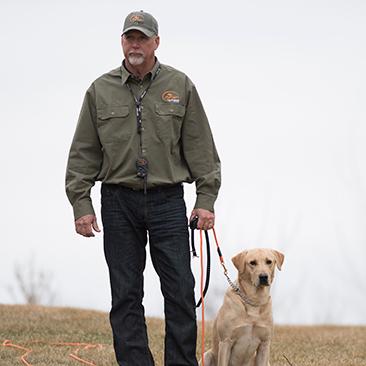
Charlie Jurney
Piedmont, NC
Charlie Jurney has been training performance and hunting dogs for more than 30 years. During that time he has produced hundreds of titled dogs including Grand Hunting Retriever Champions, Hunting Retriever Champions, Master Hunters, Grand Master Hunting Retriever Champions, and Master Hunting Retrievers. His writings have been featured in The...
Related Articles
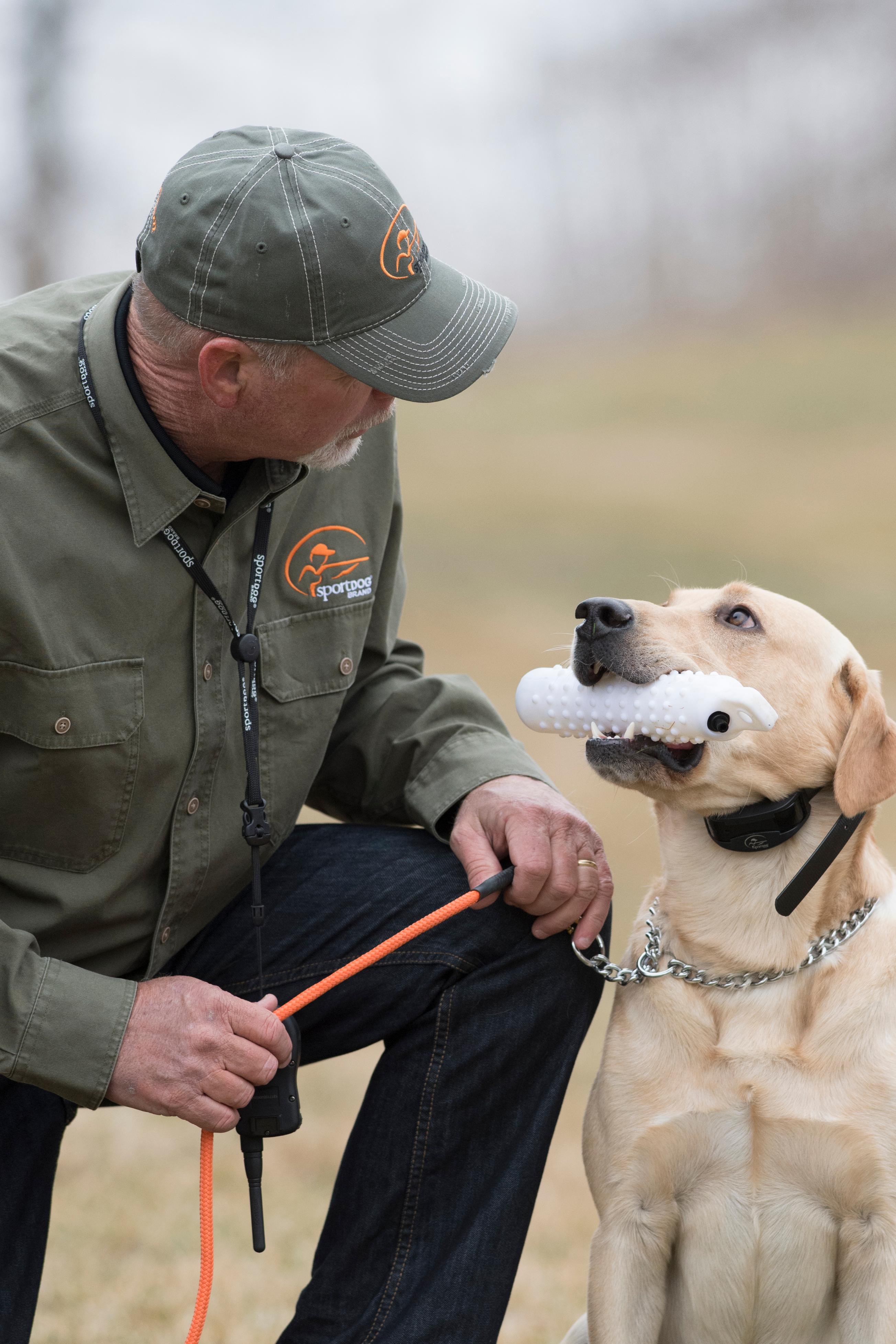
Training Commands: Talk Less, Reinforce More
by Charlie Jurney
No matter how good our intentions, we hunters and dog trainers as a whole commit one error that sets our training progress back and creates additional problems. We commit this error over and over again, and it’s vitally important to recognize it and fix it. What am I talking about?...
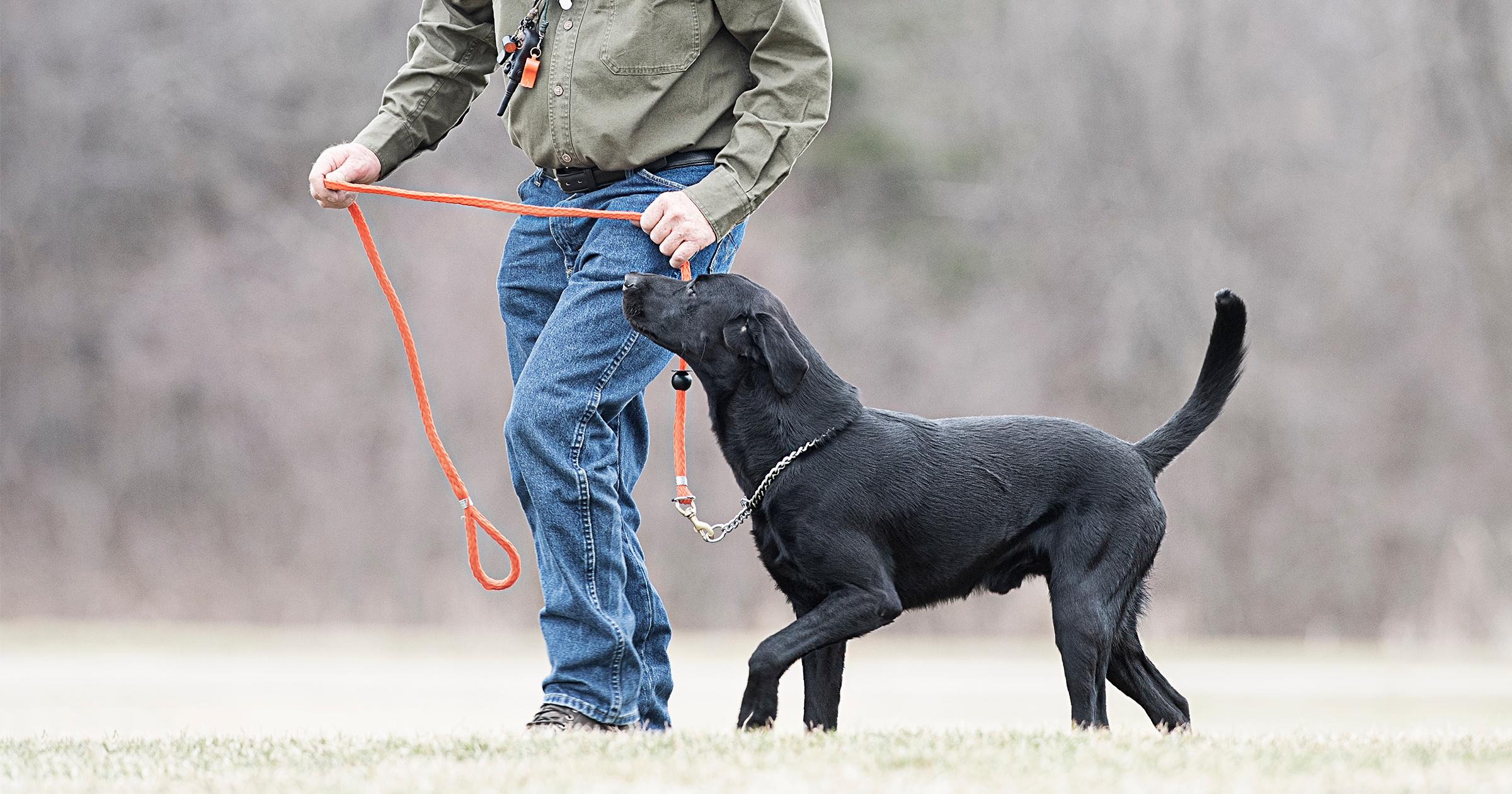
Reinforcing Basic Obedience Commands - Video
by The SportDOG Staff
In this SportDOG Training Tip (originally aired on Pheasants Forever TV) SportDOG Senior Pro Staffer Chris Akin walks you through correct reinforcement of basic obedience commands. Using various dog training tools, Chris will show you how to properly train your dog to be field ready.
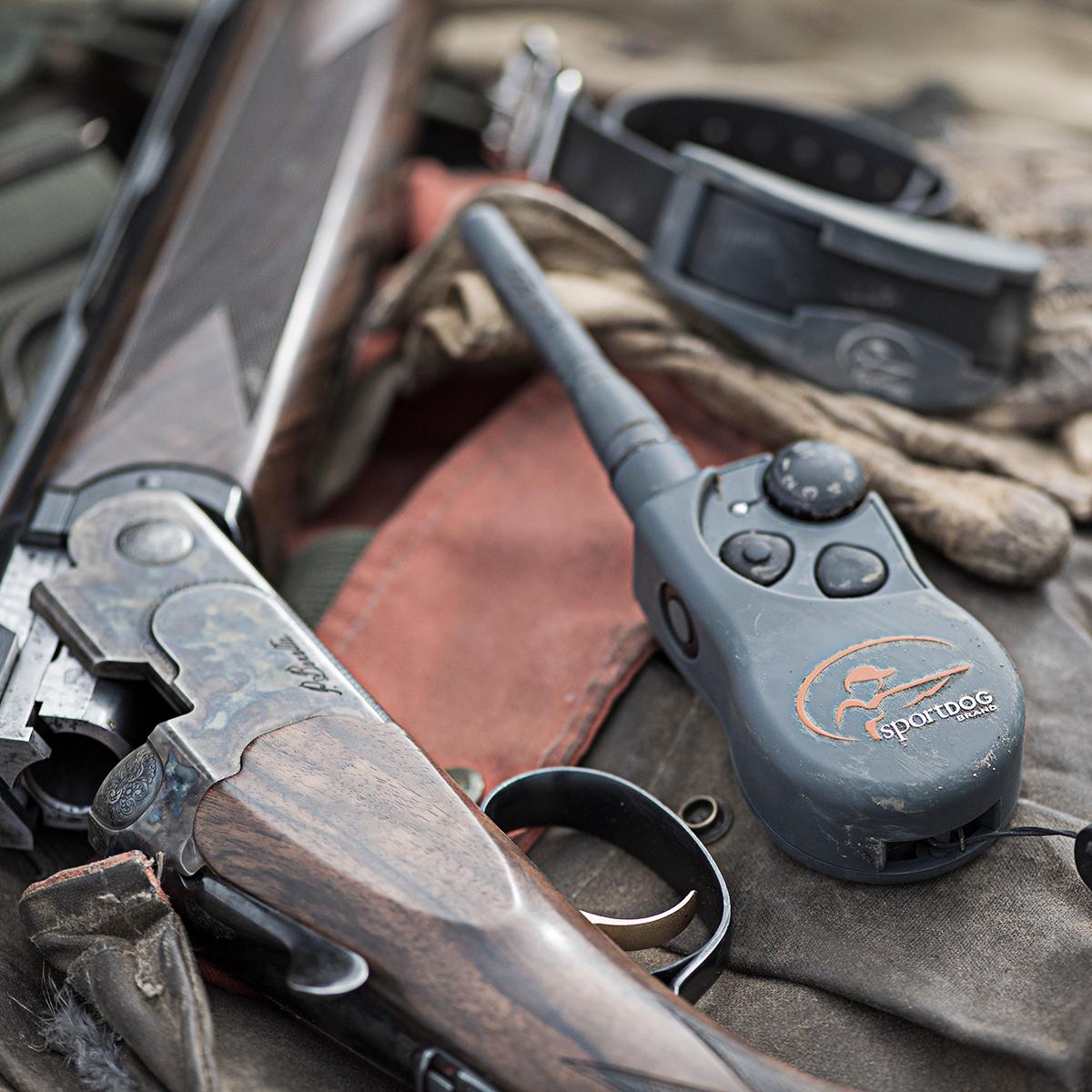
E-Collars: Finding the Right One and Using it Correctly
by Lynne Frady
I’m not sure if any other training tool stirs a debate like e-collars. Some people love them and others think they were made by the devil himself. This leaves many novices confused about what they’re getting into with an e-collar. After years of training and experience, I can officially tell...
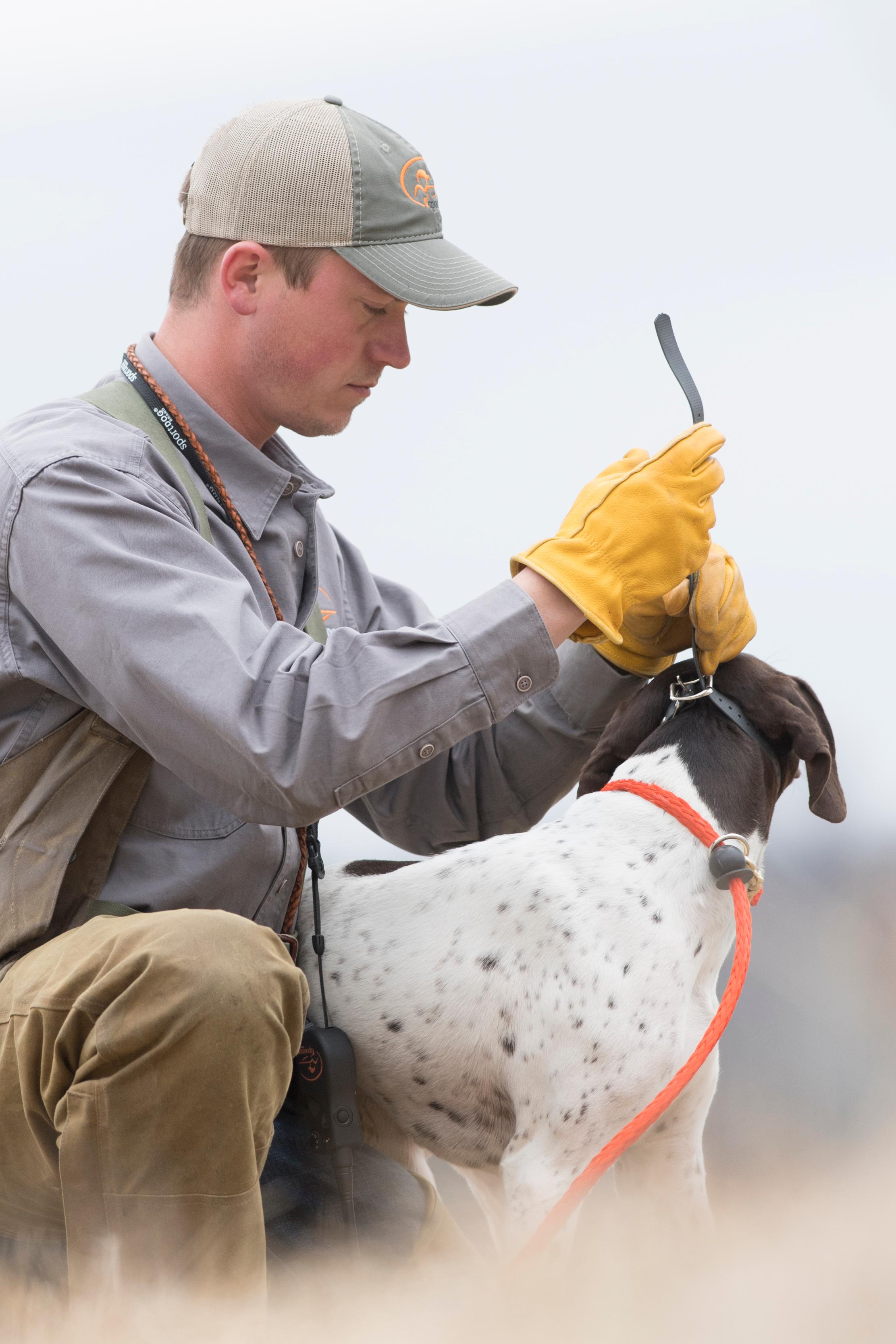
Proper Introduction to the E-Collar
by Chris Akin
The e-collar is an amazing tool. It can fine-tune a dog, extend your control, and even save an animal’s life. But here’s the thing: You must understand what it is. It is not a magic bullet. I call it a polishing tool. It’s an enforcement tool and a distance minimizer. What...
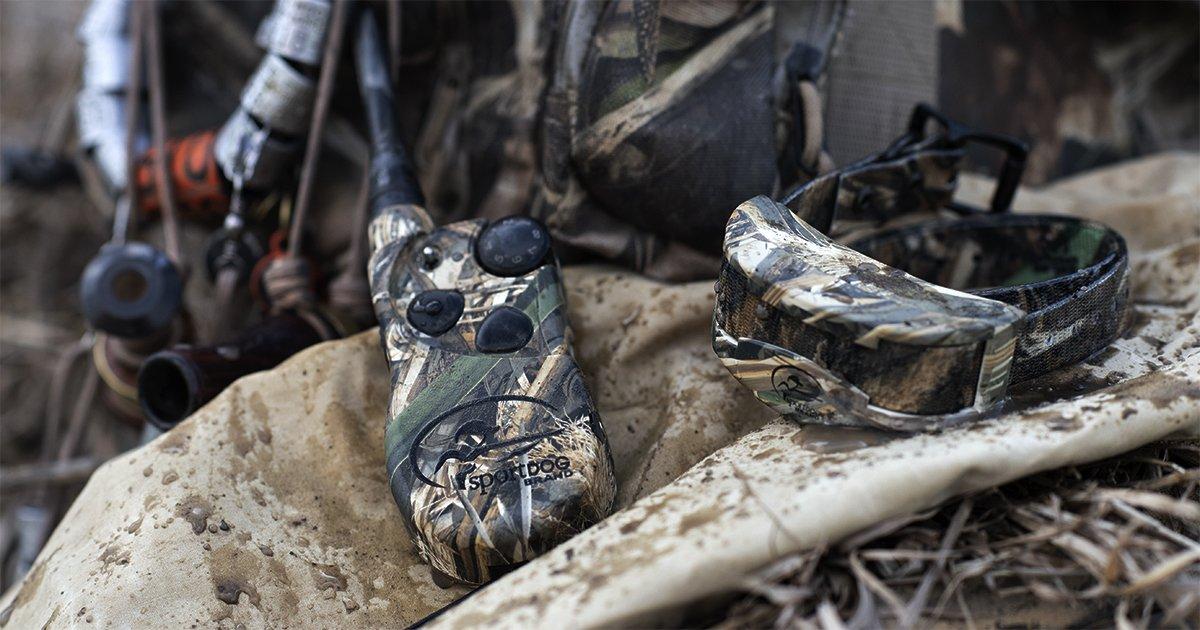
How To Choose An E-Collar For Retriever Training
by Charlie Jurney
Opinions on the right way to choose and use a remote electronic collar for retriever training are as varied as the countless training methods used to create a top-notch waterfowl dog. I’ve been fortunate that my time and experience in retriever training have allowed me to experiment with a lot...
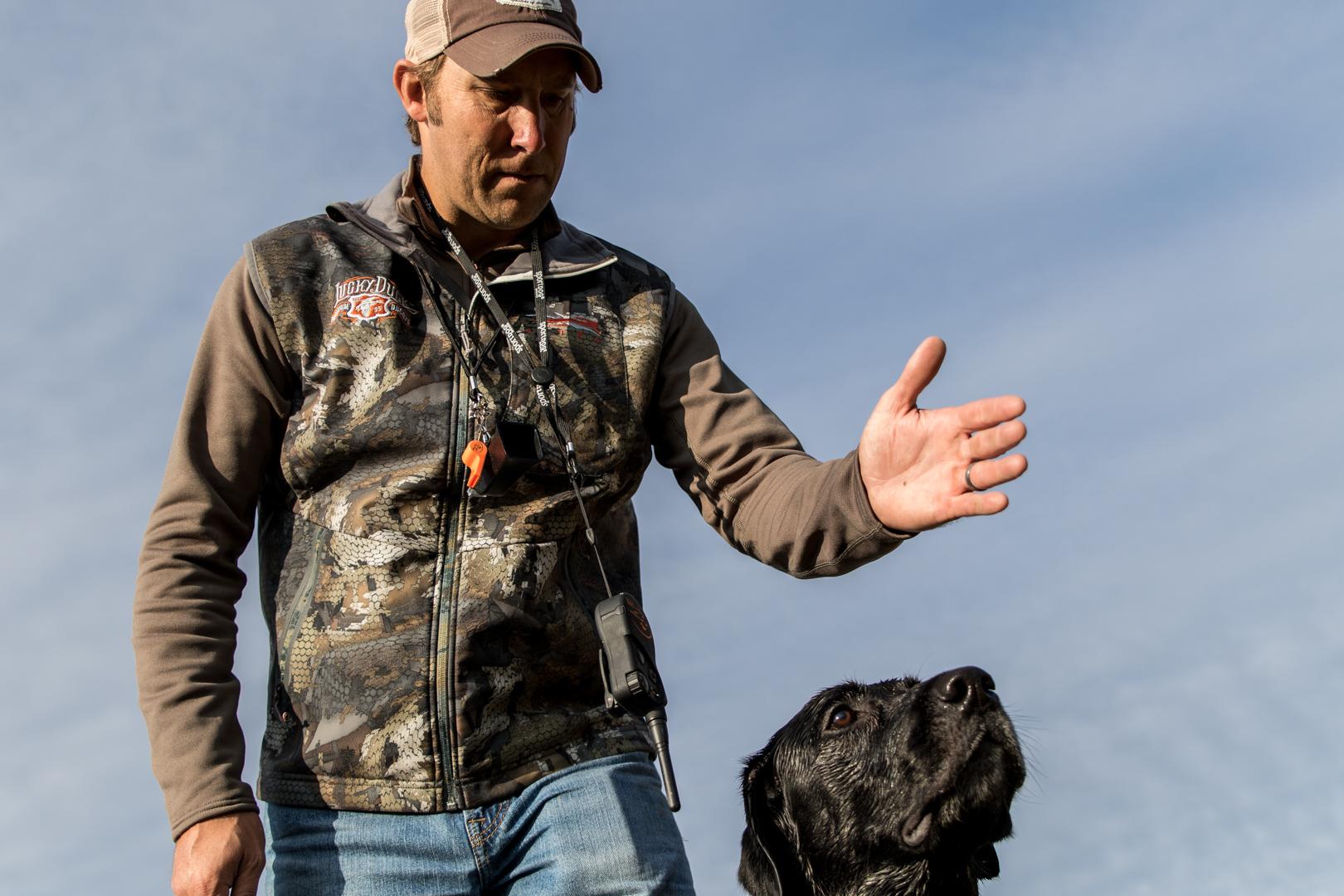
10 Mistakes in Gun Dog Training and How Not to Make Them - Part 1
by The SportDOG Staff
The best thing about the years that ourselves and our ProStaffers have spent training dogs is that we've made the mistakes. We preach the value of mistakes because you will learn from them even more than your successes, but there's no reason you can't learn from ours. We constantly hammer...
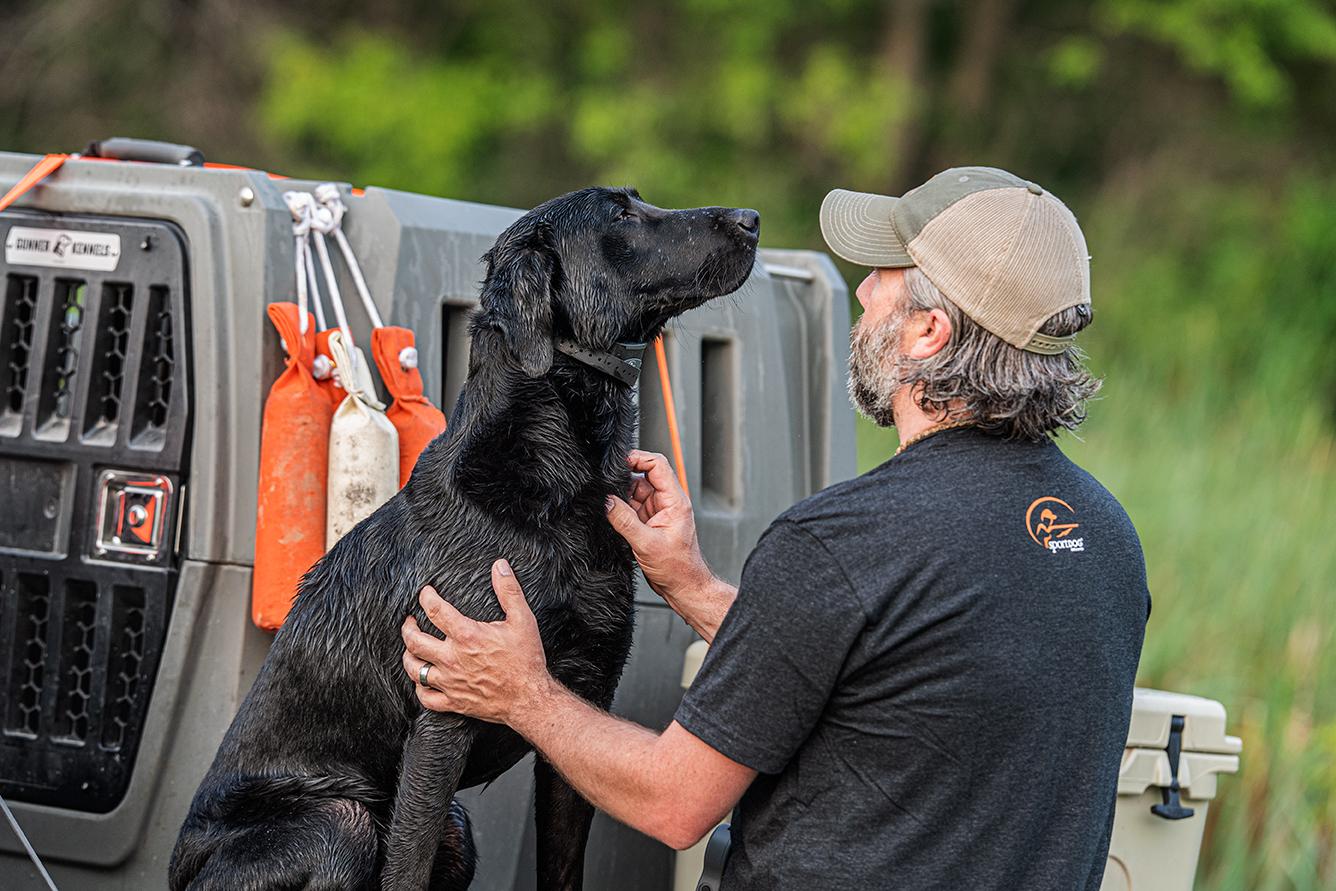
Reward Based Training for Labs
by Charlie Jurney
Imagine you go to work this week giving your best efforts to satisfy the boss and make the company successful. During that time you forgot to return one phone call and came in five minutes late on Thursday because of a wreck on the highway. The rest of the week...
